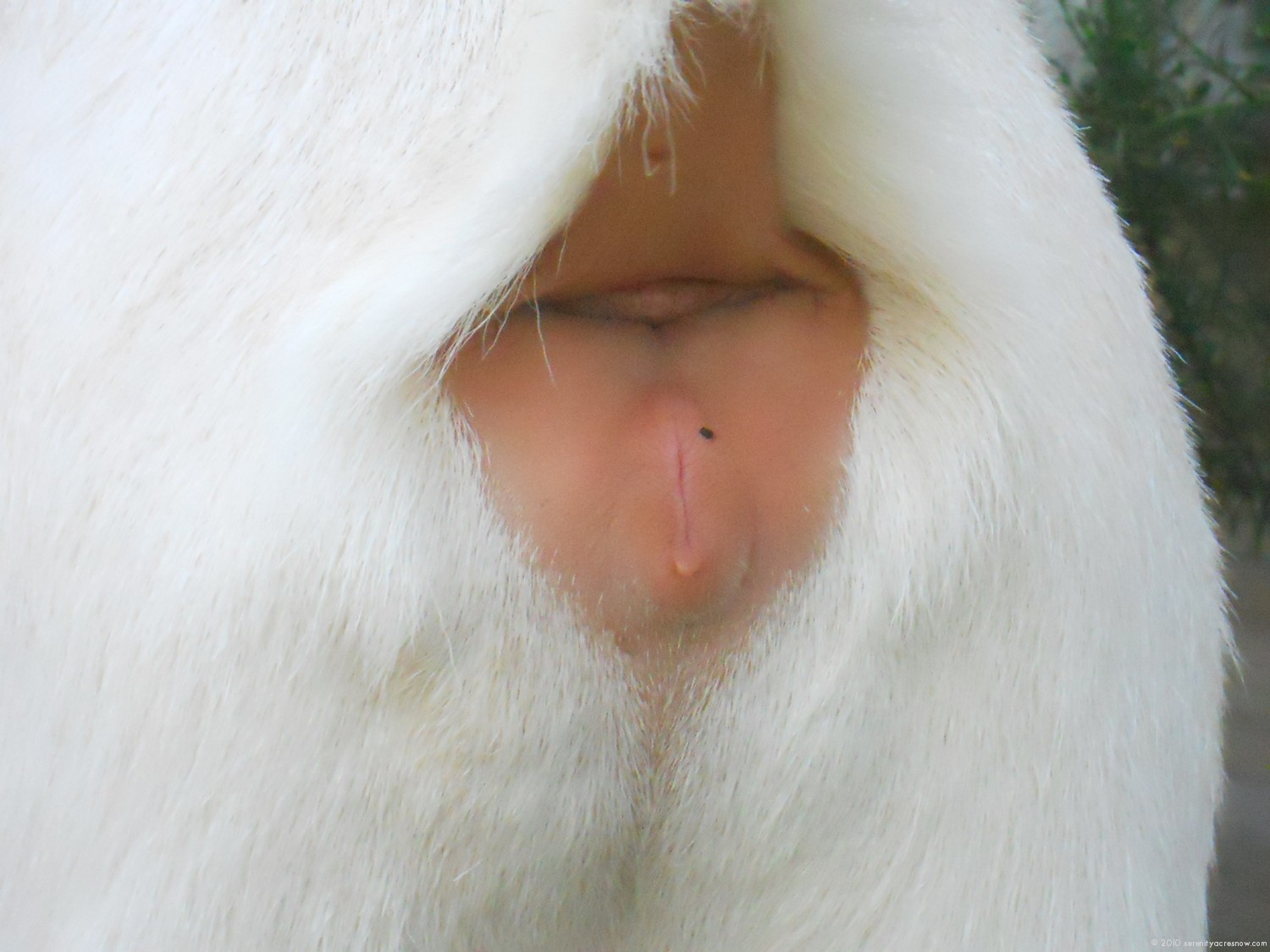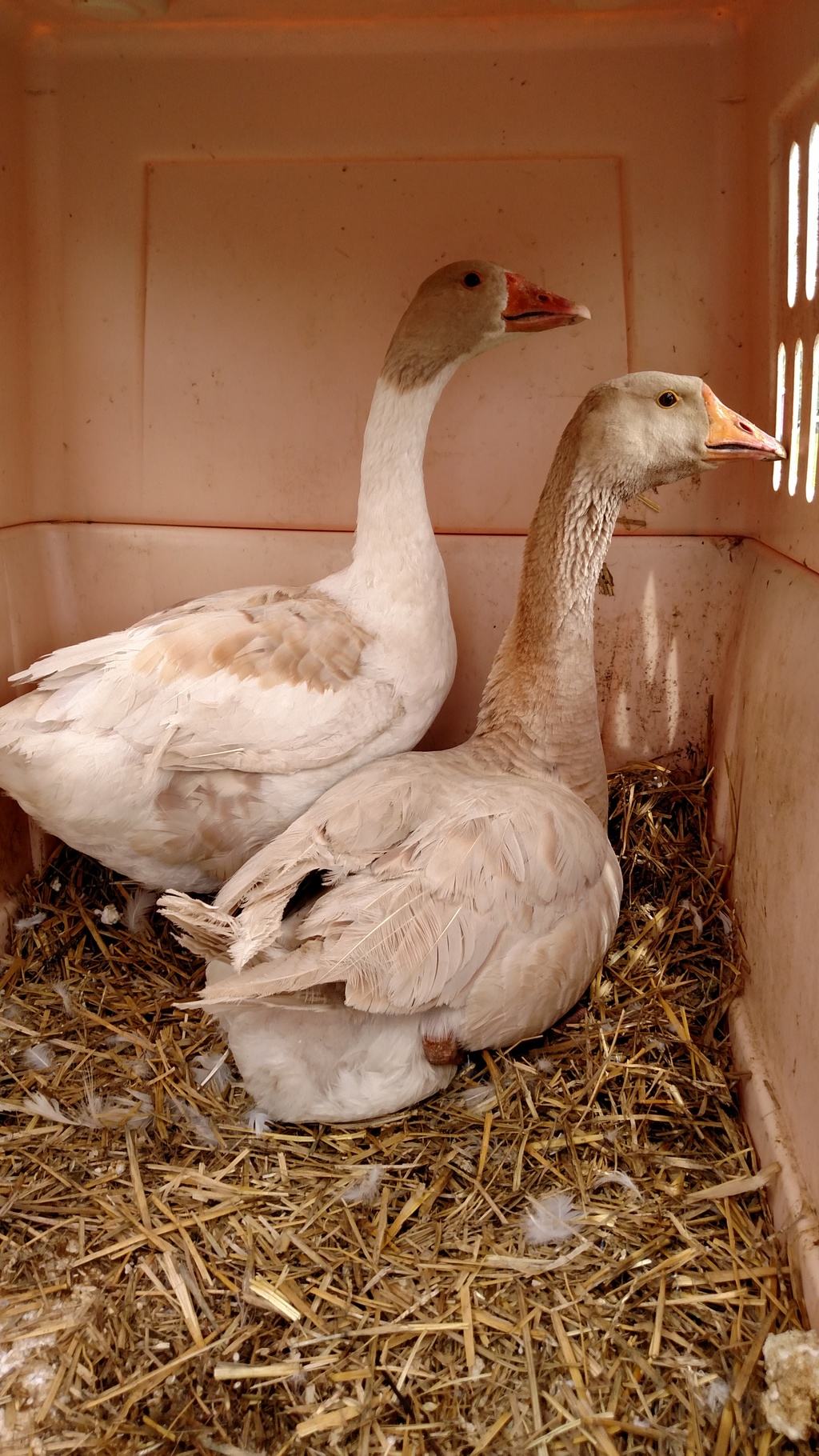On Friday, our awesome vet LeeAnn visited to see our goats. Our Alpine, Veronica, has a cough and boogery nose, and we wanted to know if we should be treating her with antibiotics or not. It’s been going on for a couple of weeks, so it’s likely gone from being a virus to being bacterial, and since we had the respiratory ailment spread from our girls Ginger, Lovie, and MaryAnn after bringing them home to Heidi and Gidget, we were concerned that Veronica had picked it up. Sure enough, she did, and so we have her on Liquamycin now.
I also asked LeeAnn to look at our MaryAnn’s, well, ahem. “Ladybits.” *cough*
See, I’ve noticed that her genitalia are quite different from the rest of the girls, and I thought it was perhaps due to her diminutive size. It made me concerned that she should not be bred at the same time as the other girls, because she won’t weigh enough, and perhaps the birthing process would be risky, because her little, ahem, “pooter” sticks out so much.
Well, LeeAnn gave us an interesting bit of information – our MaryAnn is a doeling, but she was masculinized in the womb, receiving a dose of testosterone through the placenta. She is a triplet, and had two brothers, so it does make some sense. It also explains some other stuff, too. You may recall a couple of weeks ago that I posted about her being the only one of our girls to grow a beard – it’s a common trait in goats with Polled Intersex Syndrome.
Just to give an idea of the difference, here’s MaryAnn’s, uh, hiney.

And for comparison, here’s Lovie:

As you can see from the photos, the girls vaginal openings are quite different – MaryAnn’s protrudes from her, whereas Lovie’s is more flush to the rest of her booty. This is one of the identifying marks in Polled Intersex Syndrome, along with some other telltale signs, all of which we’ve also noticed about MaryAnn:
- Dorsal hair is more like a bucks
- Head shape is masculine
- The previously mentioned beard
- Horn scurs are more common in males (and she has one. Thankfully, though, it hasn’t grown, so we won’t have to remove it unless it does start growing again.)
- More buck-like behavior
Thankfully, on that last point, she isn’t peeing on her beard and front legs, and hopefully she never will. But she does like to play head-butting games a lot more than the other ladies do, and her dorsal hair (which looks like a bad comb-over when flat) really stands up tall when she does.
Frequently, intersexed does are put down, because they are regarded as dead weight – they are generally sterile, and will therefore never bear kids or milk. However, that thought doesn’t even enter my mind – she’s a sweet little goat, and we really enjoy her personality, so she has an accepting, loving home here.
Of course, George has pointed out that her name should now be MaryMan. *giggle*

I know we will use this knowledge in evaluating any goat does for possible future purchases, or if any of the doe kids born here on our farm have the issue. I hope that this information is helpful to anyone else who is looking to purchase a doe for milking, or those who might already have an intersexed doe within their existing herd. Perhaps it will help them identify why a particular doe hasn’t been able to get pregnant.
Have you come across this issue in your own herd? How have you handled it? I’d love to hear from you with your thoughts and comments.







Leave a Reply